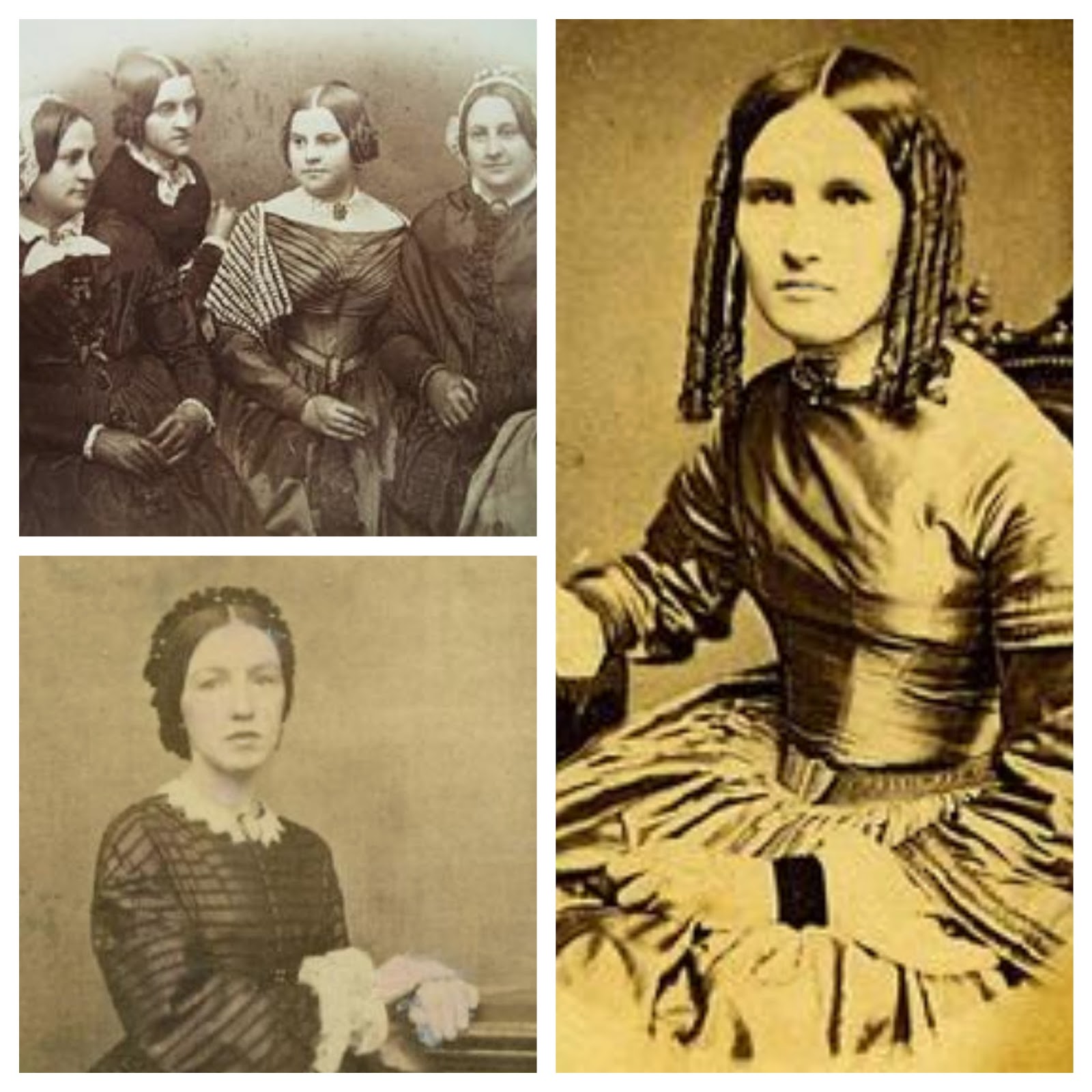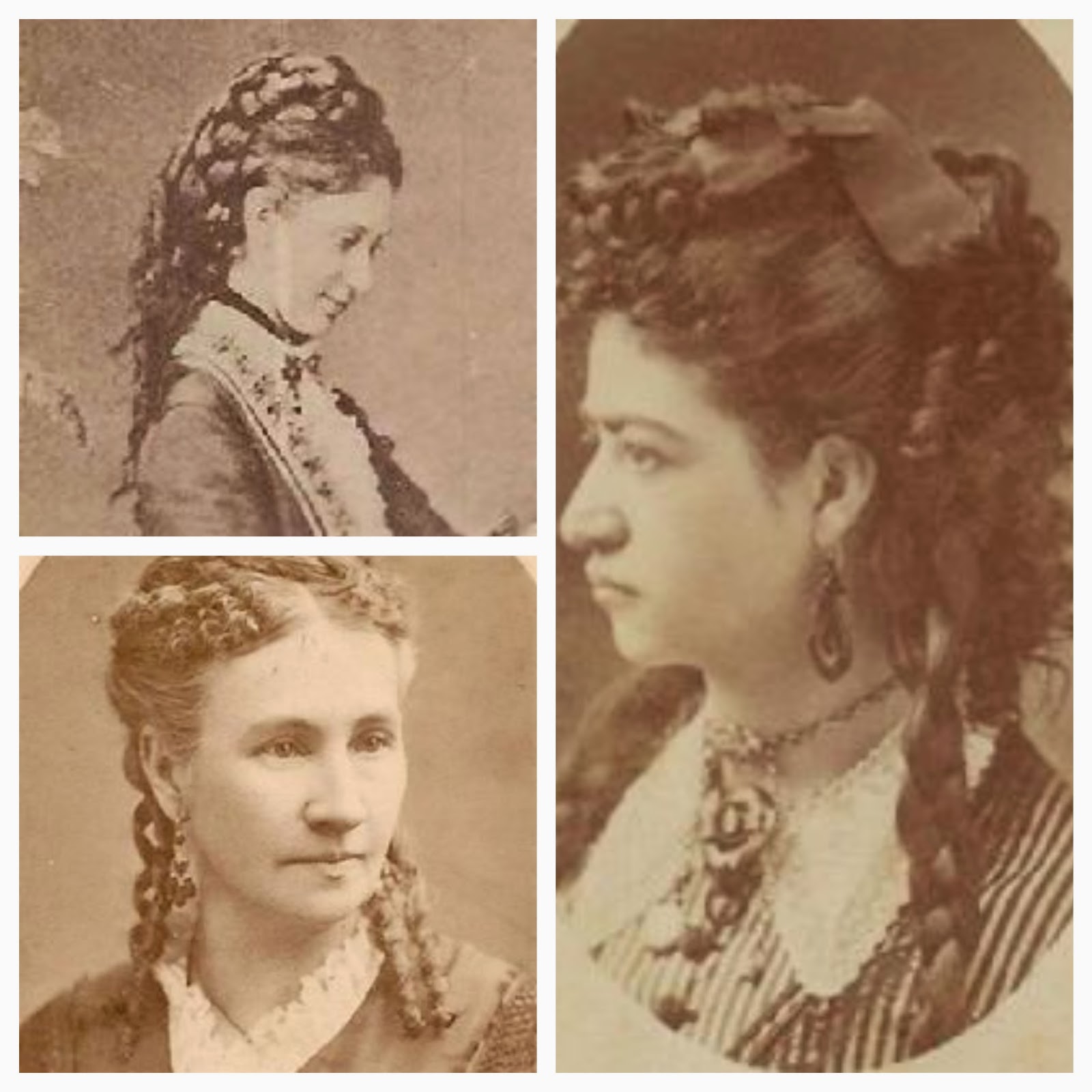Gothic Architecture followed on from Romanesque Architecture, a basic looking style used by the ancient Romans and the Greeks. When the Roman empire ended the invaders added onto existing buildings and ruins and developed the intricate, grand style known as Gothic Architecture today.
Roman buildings were extremely plain, dark, cold and just built to serve a purpose. Gothic architecture was the first time that buildings had been built to look aesthetically pleasing, and included lots of ornate detail and gargoyles. The building style was also improved through the use of Flying Buttresses and Ribbed Vaults, that directed the weight of the building downwards to stop it collapsing in on itself. This allowed for the signature tall, pointed arches associated with the Gothic style. A large amount of Europe's Churches, Cathedrals and Abbeys are built in this style, such as Westminster Abbey and the Duomo Cathedral in Milan.
I did some further research into the time and noticed that this was a time of drastic Scientific progress, light was introduced to homes and being a Scientist was for the first time considered a respectable job. In 1859 Charles Darwin released his novel 'Origins of a Species' telling his theories of evolution, which caused huge controversy and led to much discussion of the battle of science vs religion. Most people use literature as a way of escaping, and reading transports them into a world more interesting than their own. I feel for the Victorians, this is exactly why they enjoyed the Gothic Genre so much. It pushed all the boundaries of their society with novels such as Frankenstein relating to the medical possibilities being realised at the time. Although this era was very forward thinking in the development of machinery and science, socially people were still very stuck in their ways which could of lead to a feeling of boredom. The Gothic genre is all about broadening the horizons on what people deemed possible as people love the excitement and fear of new things.
Cologne Cathedral (no date). Cologne Cathedral. Available at: http://www.destination360.com/europe/germany/cologne-cathedral (Accessed: 28 January 2015).
Edd (no date) The Seven Key Characteristics of Gothic Architecture (Con’t). The Seven Key Characteristics of Gothic Architecture: From the Gargoyle to the Flying Buttress. Available at: http://www.exploring-castles.com/characteristics_of_gothic_architecture_2.html (Accessed: 28 January 2015).
Flying Buttress (no date). Leave a Reply Cancel reply. Available at: https://blogs.commons.georgetown.edu/arth-101-spring2013/2013/04/18/flying-buttress/ (Accessed: 28 January 2015).
Gothic fiction (no date) New World Encyclopaedia. Contents. Available at: http://www.newworldencyclopedia.org/entry/Gothic_fiction (Accessed: 28 January 2015).
Milan Cathedral (no date) Wondermondo. Milan Cathedral | Wondermondo. Available at: http://www.wondermondo.com/Countries/E/IT/Lombardy/MilanCathedral.htm (Accessed: 28 January 2015).
reims cathedral france (no date). reims cathedral france. Available at: http://factimages.com/reims-cathedral-france/cdn1.images.touristlink.com*repository*R*E*I*M*S*C*A*T*reims-cathedral.jpg/www.touristlink.com*france*reimscathedral*overview.html/ (Accessed: 28 January 2015).
(no date). Front View Chartres Cathedral - Americans in France. Available at: http://www.americansinfrance.net/attractions/Chartres-Cathedral-View-4.cfm (Accessed: 28 January 2015).


















